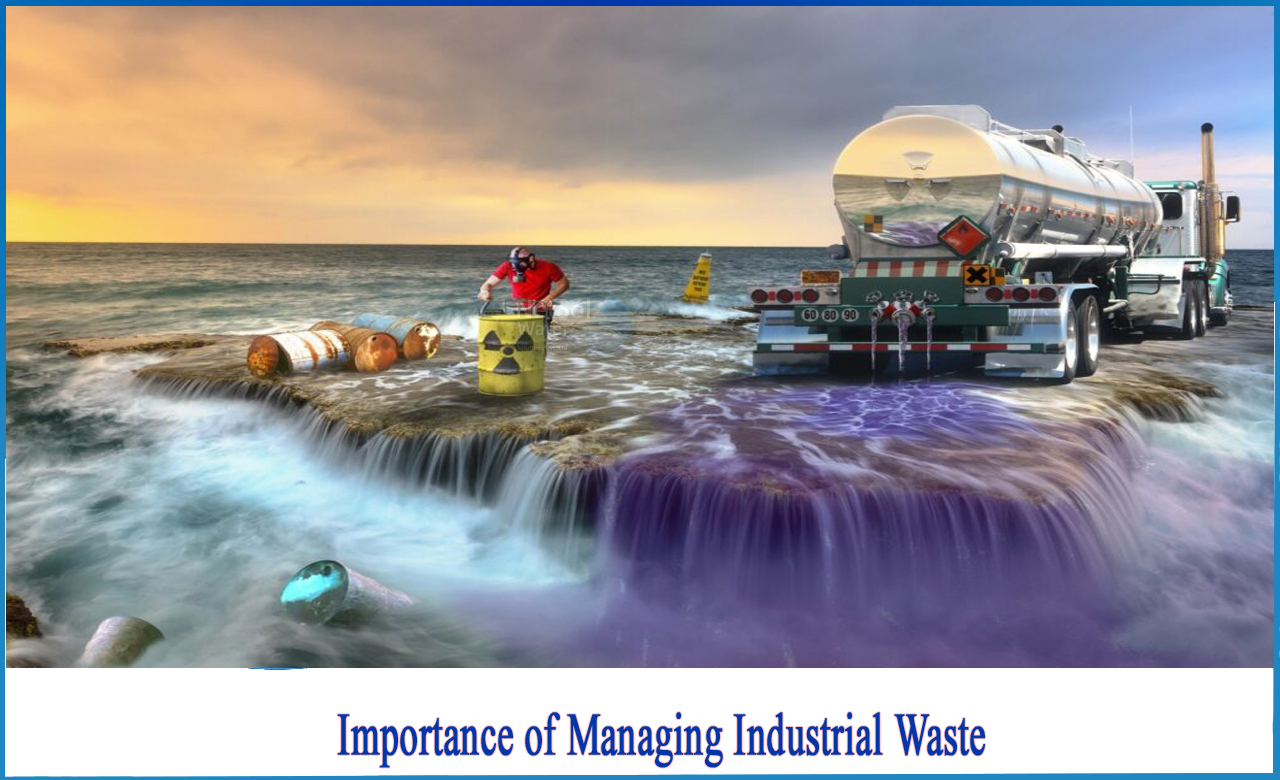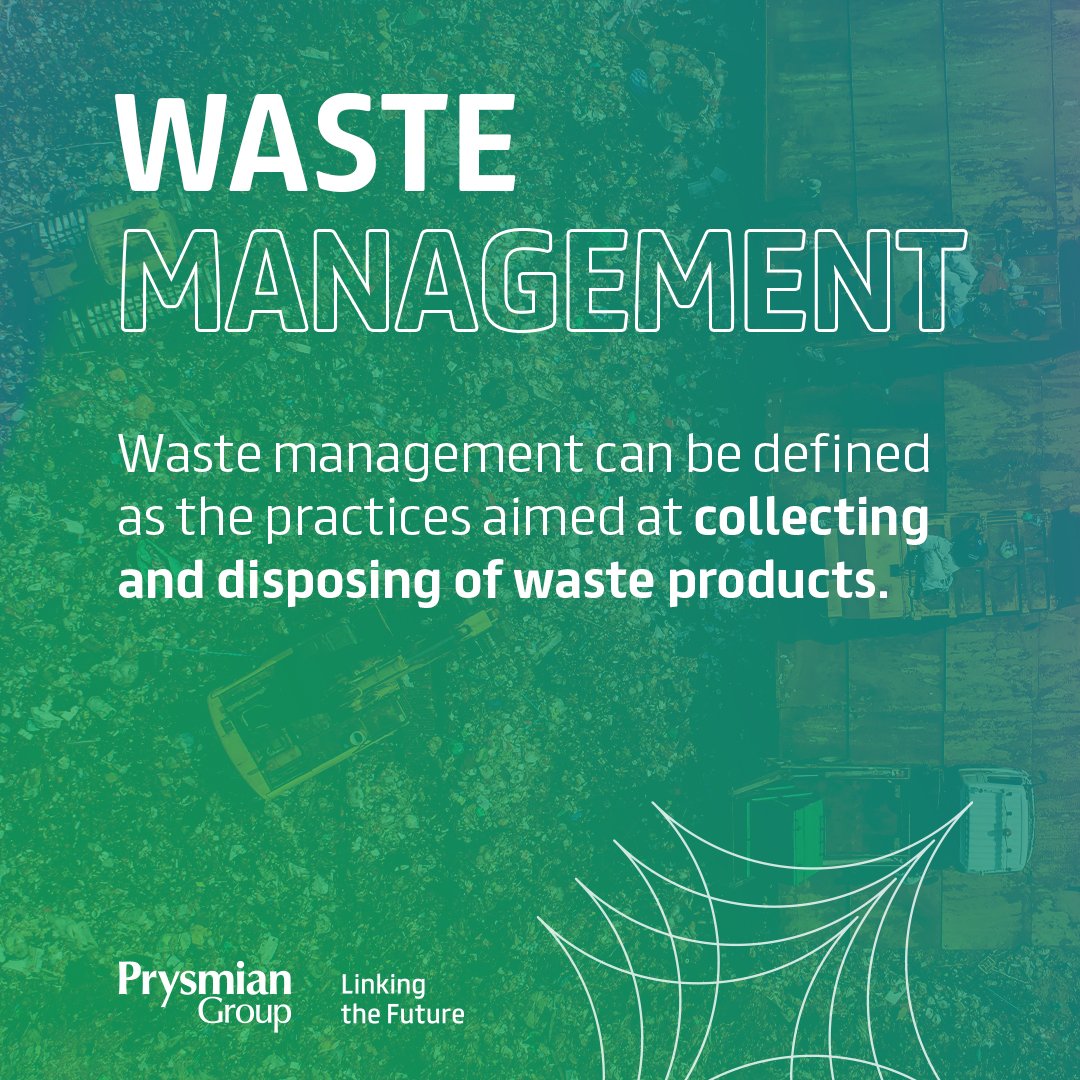The 20-Second Trick For Reclaim Waste
The 20-Second Trick For Reclaim Waste
Blog Article
The Ultimate Guide To Reclaim Waste
Table of ContentsThe Reclaim Waste PDFsHow Reclaim Waste can Save You Time, Stress, and Money.Reclaim Waste Things To Know Before You BuyThe Basic Principles Of Reclaim Waste The Best Strategy To Use For Reclaim Waste
Residential sewer waste refers to the waste and items from a household septic storage tank. The appropriate management and disposal of domestic sewer waste call for liquid waste to be transferred to a sewage treatment plant where the proper techniques and devices are used to purify and dispose of waste.
Business waste typically consists of potential hazards, such as flammable materials or a combination of fluid and strong waste products, and requires an advanced and thorough disposal procedure. The disposal of commercial waste generally entails the purification of waste prior to transportation to make sure secure and correct disposal. Hazardous waste is produced from by-products and drainage of commercial processes and manufacturing.
This kind of waste can not use the very same sewer administration transportation or procedures as septic or commercial fluids. The commercial waste monitoring procedure needs the inspection and screening of liquid waste before it undergoes the disposal procedure (liquid waste removal melbourne). Overflow waste is the fluid waste that comes from overflow and excess stormwater in highly inhabited locations or cities
Runoff waste can create contamination and flooding if not handled properly. Ensuring appropriate waste monitoring can avoid calamities and minimize ecological harm.
Reclaim Waste - The Facts
Call PROS Services today to discover concerning our waste administration and disposal solutions and the proper means to care for the liquid waste you generate.
(https://www.tumblr.com/reclaimwaste1/766851148823068673/at-reclaim-waste-were-a-national-solutions?source=share)Do you recognize what occurs to your water when you pull the plug, purge the bathroom or drain pipes the cleaning machine? No? Well, it deserves understanding. This supposed 'wastewater' is not only an important resource yet, after treatment, will certainly be released to our land, waterways or the sea. Utilized water from toilets, showers, bathrooms, kitchen sinks, washings and industrial processes is known as wastewater.

water utilized to cool down machinery or tidy plant and devices). Stormwater, a form of wastewater, is drainage that moves from farming and city locations such as roofs, parks, yards, roadways, courses and rain gutters right into stormwater drains, after rainfall. Stormwater streams untreated straight to local creeks or rivers, at some point getting to the ocean.
The 6-Minute Rule for Reclaim Waste
In Queensland, a lot of wastewater is treated at sewage treatment plants. Wastewater is delivered from residential or commercial websites with a system of drains and pump stations, recognized as sewage reticulation, to a sewer therapy plant.
The Department of Natural Resources encourages regional federal governments regarding handling, operating and keeping sewage systems see post and therapy plants. In unsewered locations, city governments might require owners to mount specific or house sewer therapy systems to deal with residential wastewater from bathrooms, cooking areas, washrooms and washings. The Division of Natural Resources authorizes the usage of home systems when they are shown to be effective.
In some new subdivisions, therapy of some stormwater to remove clutter, sand and gravel has actually begun making use of gross pollutant catches. Wastewater treatment takes place in four stages: Removes solid issue.
Makes use of tiny living microorganisms knows as micro-organisms to break down and get rid of staying liquified wastes and fine bits. Micro-organisms and wastes are included in the sludge.
The 5-Minute Rule for Reclaim Waste
Nutrient removal is not available at all sewer therapy plants due to the fact that it calls for expensive specialised equipment. It is becoming more common in Queensland. Clear liquid effluent produced after therapy might still have disease-causing micro-organisms. If this effluent is launched right into rivers such as rivers or the sea, the micro-organisms will at some point pass away out.

The majority of wastewater streams into the sewage system. Under the Act, local federal governments provide authorizations and licences for eco appropriate tasks (Ages) including wastewater launches that might have a local influence.
Get This Report on Reclaim Waste
Surveillance gives valid details concerning water quality and can confirm that licence conditions are being met. The information obtained through monitoring offers the basis for making water quality decisions.
Report this page